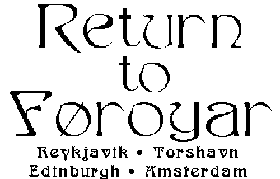
Return To Føroyar
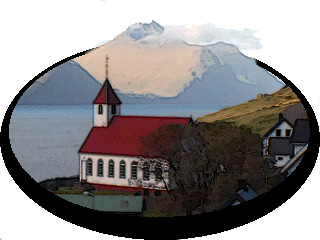

4 October 2016
The North Atlantic Arc Home
| Octoberrrrrrrrrrrrrrrrrrrrrrr |
| S | M | T | W | T | F | S |
| 1 | ||||||
| 2 | 3 | 4 | 5 | 6 | 7 | 8 |
| 9 | 10 | 11 | 12 | 13 | 14 | 15 |
| 16 | 17 | 18 | 19 | 20 | 21 | 22 |
| 23 | 24 | 25 | 26 | 27 |
 |
|
Tuesday 4 October 2016--Hotel Streym has a nice breakfast buffet, cold
meats and cheese and fruit and such. I load up, then pack up my stuff and check
out. I'm taking the ferry to Suðuroy at 1:00. It would probably have made sense
to spend my first couple of nights in Tórshavn, but I'm hoping to visit the island
of Mykines on Friday, the one day it's possible to fly over in the morning and
back in the afternoon. My entire intinerary has been fit around that, and so
tonight and tomorrow were the only two nights that worked for Suðuroy.
I have time to run errands in town. I visit the tourist information office and make inquiries about the helicopter service to Mykines, and lodging in Klaksvík, where I'm planning to stay Saturday and Sunday nights, although I've left it open. I get a phone number for the helicopter and not much else. I come away feeling they aren't much use, but it occurs to me later that the reason I feel that way is because all the information they have is already available online. It was not always so--I relied heavily on local tourist information when I first traveled to Scotland, particularly to book rooms for me as I wandered about the country at will. Not only was there far less information available online, it wasn't always easy to get online on the road, anyway. I'm left to wonder whether the local tourist offices really have any use anymore. If they do, it seems to me it would be to make bookings for casual travelers such as I was, fifteen years ago; but they don't seem to be willing to do that anymore. Will the tourist info office go the way of the public phonebox? A kiosk with a wifi hotspot would serve as well. My other task is to get a SIM card for my phone. I have to say, in all fairness, that it's the tourist bureau that directs me to the office of the local telecom. Card installed, I check in with my guesthouse on Suðuroy, and then make a very brief call to me dear old mum. After, I check my balance, and find that that short call home used up two-thirds of the value of the card. I'll email Lisa later and tell her to tell Mom not to expect any more calls this week.* Pick up my car at the hotel and get into the ferry queue. There is no fare on the outbound trip--you pay on the return. Reservations aren't taken, either, which made me a little nervous, but car traffic is very light this time of year. I doubt it's really heavy any time of year, for that matter, and the vessel is quite large. I drive on and go up to the rail to watch Tórshavn recede. Then into the lounge for lunch. There is smørrebrød, Danish-style open-faced sandwiches, or at least a version of it--the real thing is on a dense rye bread, not white. They look good, anyway. Prawn or roast beef? One of each. I read a bit, and try to snooze when the seas get rough. The sky is dark, but rain is sporadic and indifferent. The crossing takes about two hours--Suðuroy, the Southern Isle, is the most isolated of the archipelago. It's the fourth largest of the eighteen islands, and the fourth most populous, with fewer than 5,000 residents. Most of these live in either Tvøroyri (pop ~1800) or Vágur (pop ~1400). The ferry docks on the south side of Trongisvágsfjørður. I drive around the head of the fjord to Tvøroyri, on the north side. Check into my guesthouse and decide to use the remaining daylight to visit the villages in the north of the island. The village at the top of the fjord is Trongisvágur, now folded into Tvøroyri municipality. From there, a road ascends two miles or so west, then turns north into Hvalbiartunnilin. This is the first tunnel built in the Faroes, in 1963. There are now twenty, two linking islands under the sea, the rest poking through the rugged mountain ridges. The construction of these tunnels over the past 53 years has allowed the road network to link the vast majority of the population. Funny, then, that the first was here on Suðuroy, which I've made a point of visiting precisely because it's isolated from the rest of Føroyar, offering a more distinctly Faroese experience. Or so I imagine. The tunnel is short of a mile in length, a single unlit lane with passing places. It's really substandard now, and so is scheduled to be the first tunnel to be replaced. The road emerges at the top of a valley with a view down to Hvalbiarfjørður, named for the village Hvalba (pop ~625) at the head of the fjord. I pass through, skirt the north side of the fjord, and enter Sandvíkartunnilin (1969), the tunnel leading to Sandvík (pop 110 or so), the northernmost village on Føroyar's southernmost island. There was a village here in Viking times, but it was wiped out by Black Death in the 14th century. The current village dates to 1816. The church here was moved from Tvøroyri in 1856, I'm guessing by sea, when a larger church was built there. I take a few photos around the village, and walk on the beach that gives the town its name. I notice that the clouds are dark and heavy over the bulk of the land, less so out toward the sea, a hint at the dynamics of the weather on a jagged archipelago in the northern sea. Weather is more complex than one might expect in a relatively small place, with the North Atlantic Current moderating winter temperatures at sea level. Some exposed coastal villages may go several years without snow, while some highland areas may get snowfall eight or nine months of the year, and even in midsummer. An undulating coastline of long fjords and steep headlands complicates things further. The one near constant is cloud and precipitation, with an average of 210 rainy (or snowy) days a year. Cyclonic depressions pass through at odd intervals, bringing heavy wind and rain, keeping the locals from getting bored. Back on the other side of Sandvíkartunnilin, I poke around Hvalba and the nearby village of Nes (often called Nes-Hvalba, to differentiate it from two other Faroese villages called Nes). There was commercial coal mining at one time, on the mountain behind Nes; apparently there's still some small-scale mining going on. Up back of Hvalba, a minor road ends at cliffs on the west coast--there's one back of Sandvík, too--that would perhaps be worth seeing, but it's getting dark. I drive back through Hvalbiartunnilin to Tvøroyri, park the car at the guesthouse, and walk down to Pubbin, the village pub. It's in a house down by the waterfront, one of the oldest in town, built in 1836. It was the T F Thomsen grocery until 2005, and most of the shelves and fixtures are still in place, including a fairly ancient till from National Cash Register of Dayton, Ohio. It's pretty dead on a Tuesday; a couple of sailors pop in and out, semi- regulars from the trawler that chances to be in port. It happens sometimes in foreign pubs, especially ones that don't normally see a lot of tourists, that an American will draw particular attention from one local or another. So it is now with one of the sailors, a fellow named Jesper, who is talkative and a bit overly friendly. I'm a bit defensive at first, but he's benign enough. It isn't always so. There is food, a very limited menu, and I choose one of two available main courses. After, the bartender offers me a shot of Fisk, a liqueur that tastes, appropriately enough, like a Fisherman's Friend throat lozenge. He turns out to be a musician, and we have a lengthy blether about folk music, pop, and prog rock. The folk tradition in Føroyar is pretty skimpy--it is mainly the chain dance, a fashion that came and went in medieval Europe but somehow survives in the Faroes, accompanied by very long and repetitive epic ballads. John--I think that's his name--plays me a track by a band called Hamradun, a rockified version of one of these ballads. It's an adaptation of an 18th-century Norwegian poem called Sinklars Visa (The Ballad of Sinclair), celebrating the massacre of a complement of Scottish mercenaries by a band of Norwegian farmers, during the Kalmar War of 1611-13. It's pretty good**. Then he puts a prog channel on Spotify, and I have the very peculiar pleasure of listening to King Crimson, Gentle Giant, and Soft Machine in a pub on a remote island in an obscure corner of the cold North Atlantic. Life is like a box of chocolates. Next *Later in the trip, I bought a SIM card in the UK, and made frequent calls home at modest expense--I never did use up the value of the card. It strikes me that the cost of international calls is just one way in which the Faroes are a few years, at least, behind the curve. I haven't traveled widely enough to know whether that's a fair asessment--I'm sure telecom policies vary widely from country to country. I'm still baffled, for example, by the difficulty of acquiring a serviceable and economical SIM card in the US and Canada. It's fairly obvious that the telecom industry here has a lot of influence in the regulation of their industry. **Metalheads will be familiar with a version by the Faroese band Týr. Other versions to be found on YouTube are by Hamradun, Faroese folk/pop/jazz/whatever all-star Eivør Pálsdóttir, seminal Norwegian folk-rock band Folque, and some chain-dancing Faroese folk at a cultural event. Persons interested in the history can read Wikipedia articles on the Kalmar War, the Battle of Kringen, and, if your Norwegian is up to snuff, Zinklars vise. |
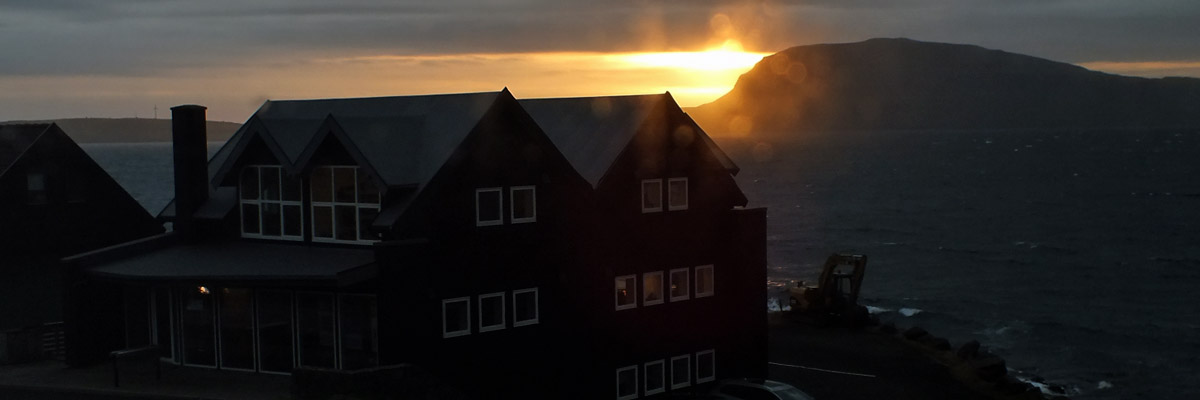 |
Sunrise Over Nólsoy
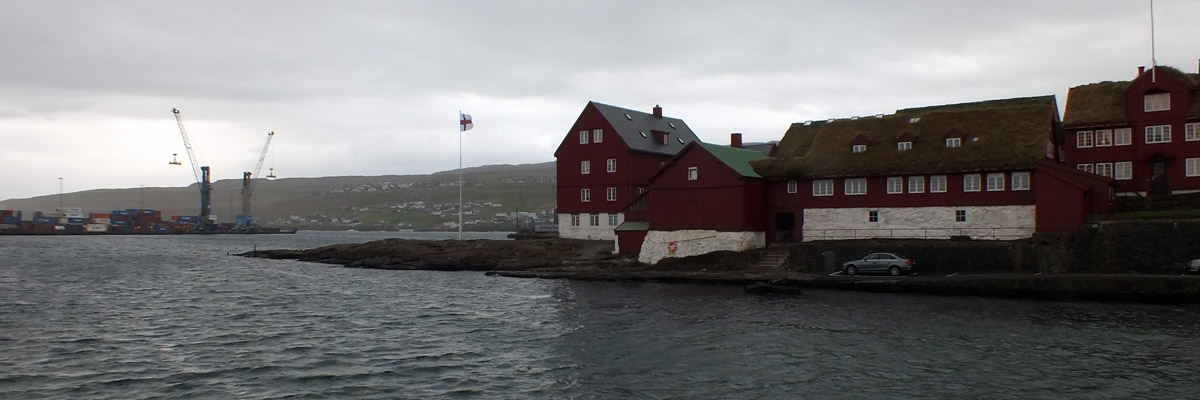 |
Tinganes
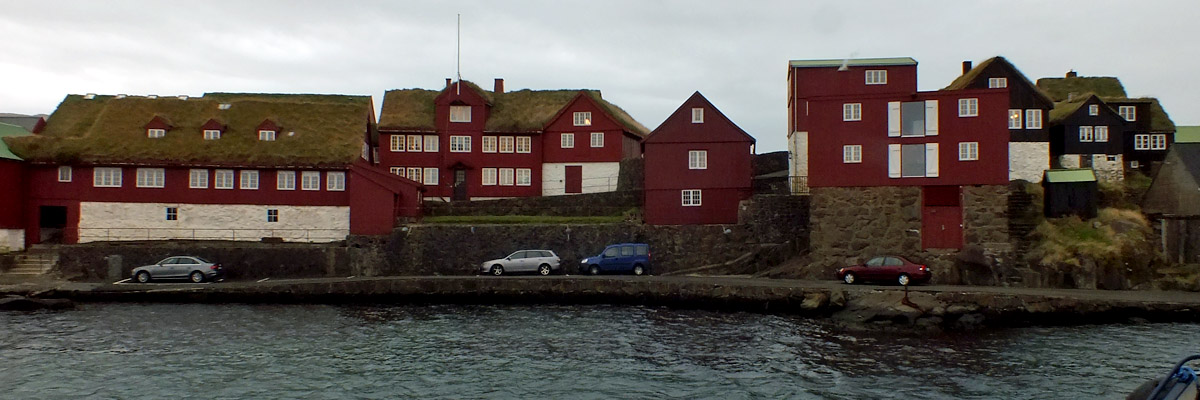 |
Tinganes
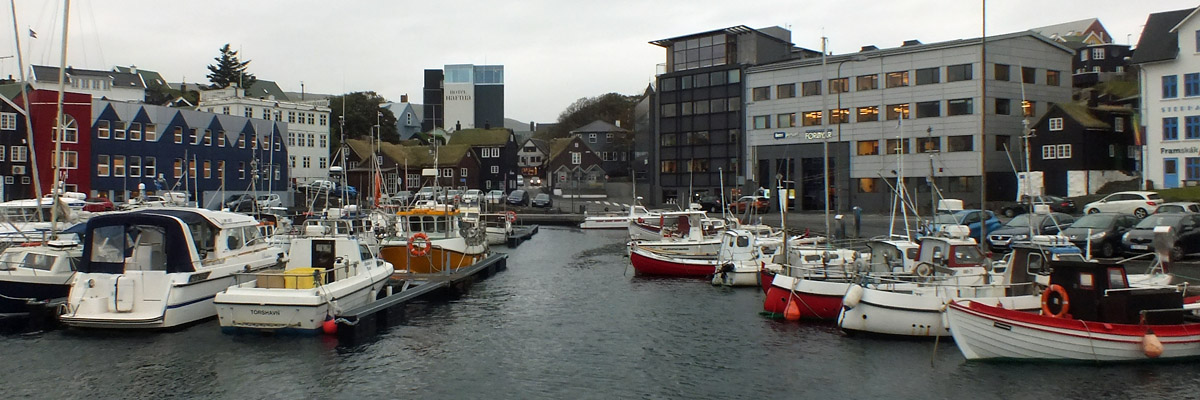 |
Tórshavn Harbor
 |
Faroese-Style Boat
 |
Art Tries To Pick Up Chicks
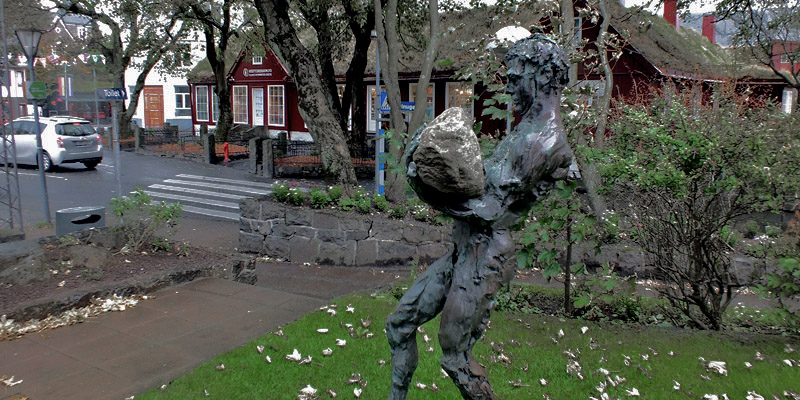 |
Art Carries A Big Rock
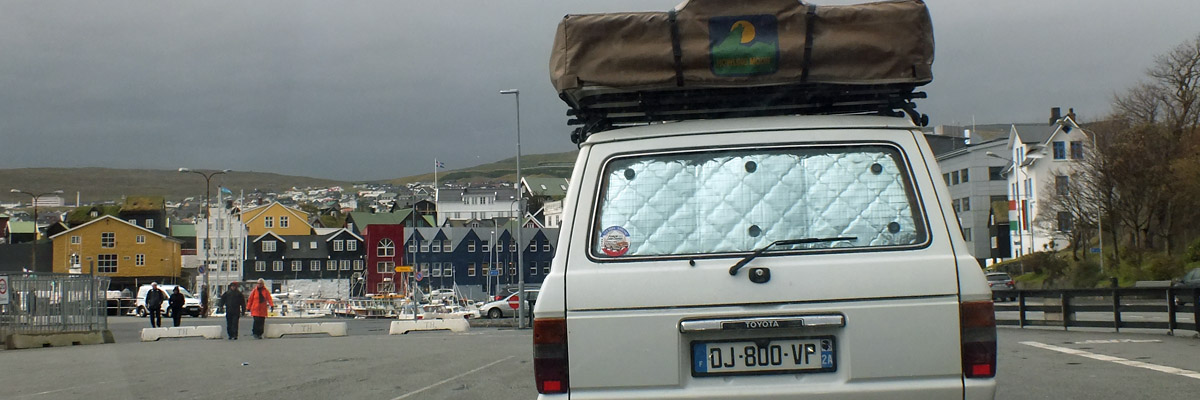 |
Ferry Queue
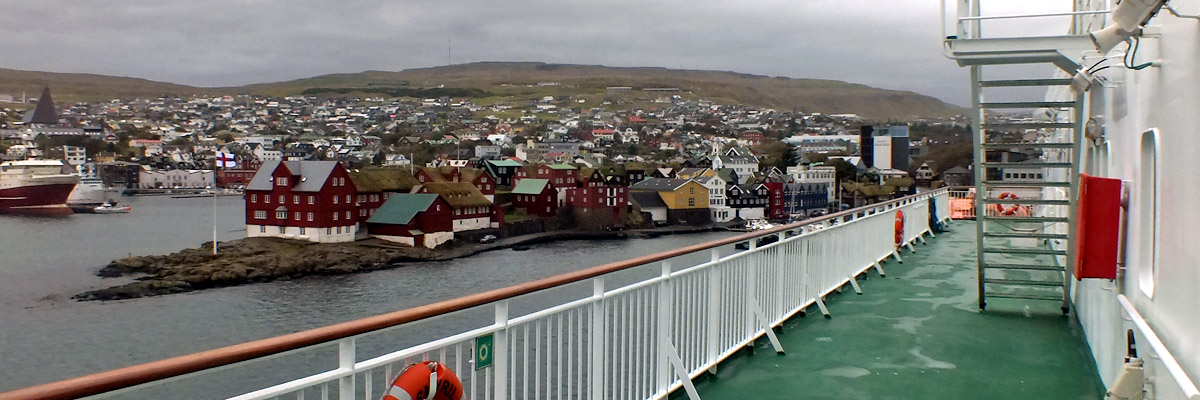 |
Tórshavn From The Ferry
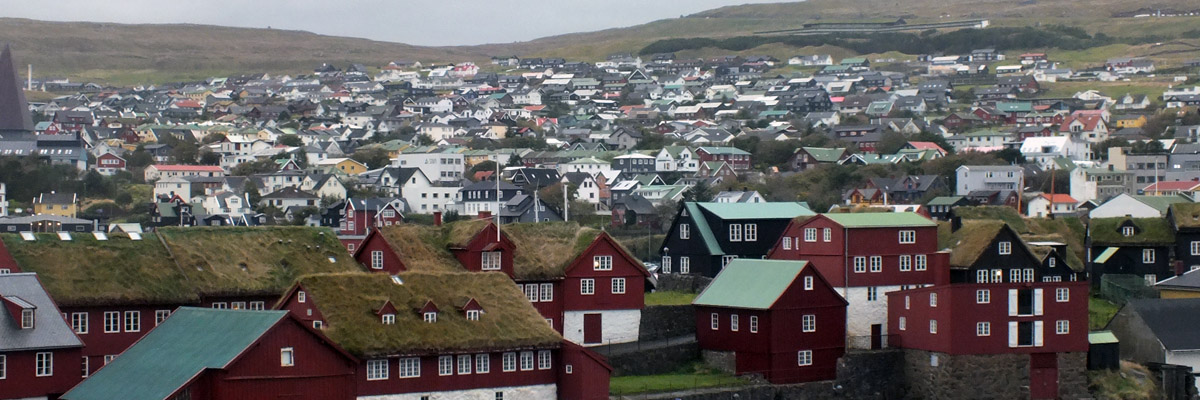 |
Tórshavn
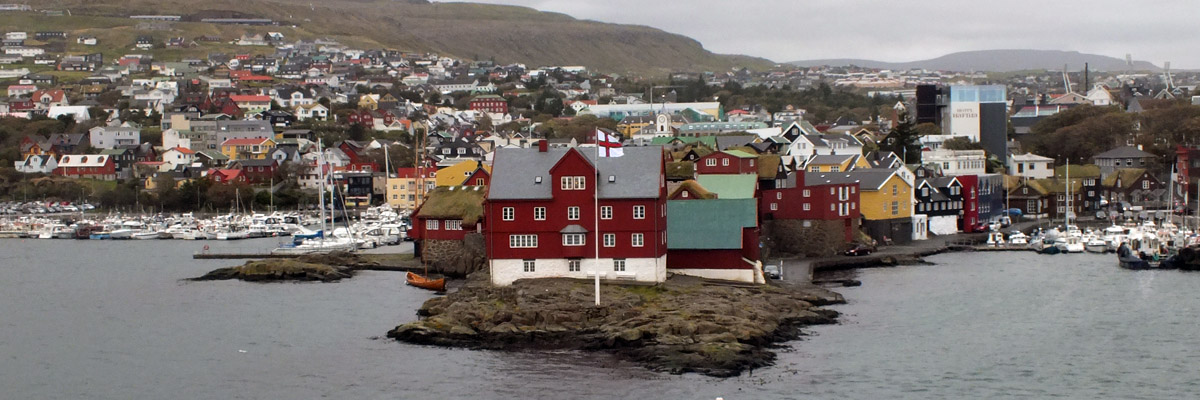 |
Tórshavn
 |
Tinganes
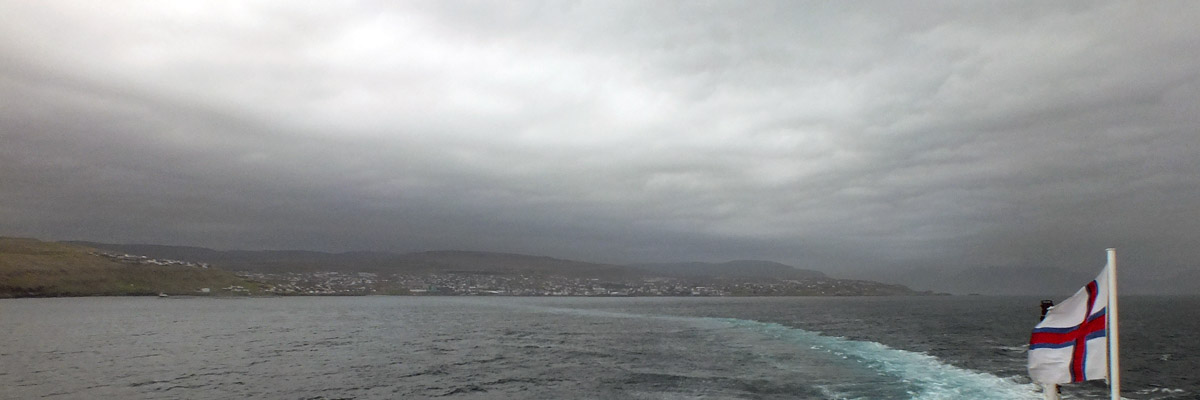 |
Leaving Tórshavn
 |
Leaving Streymoy
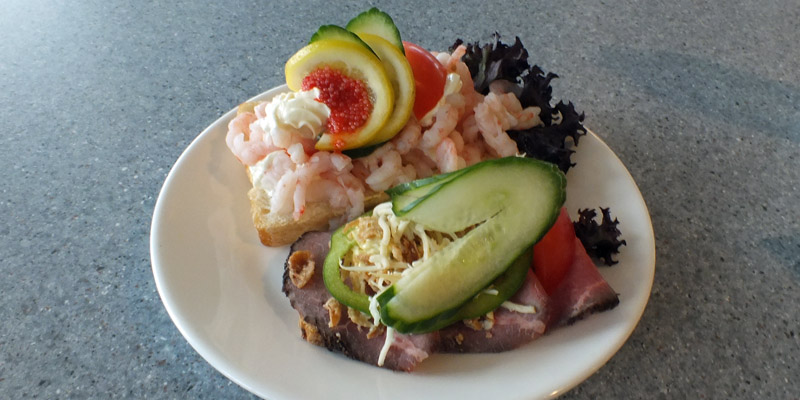 |
Smørrebrød
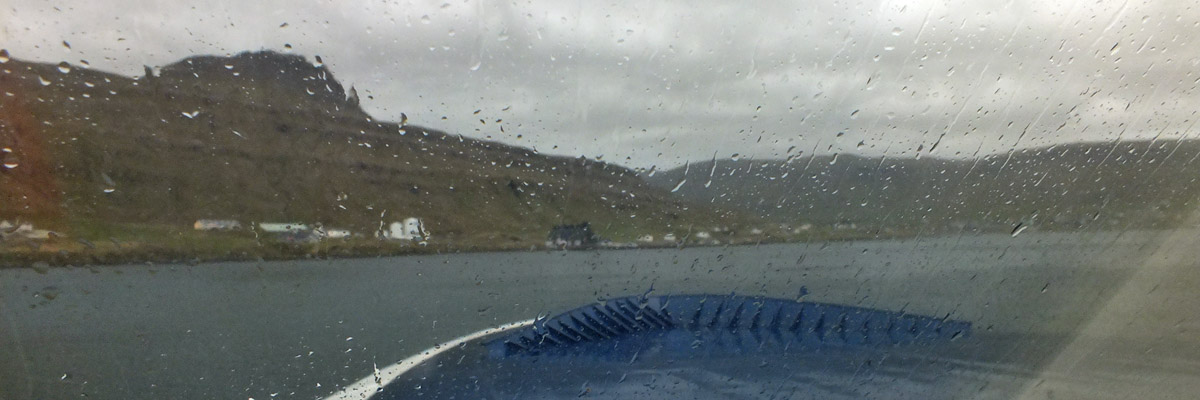 |
Suðuroy
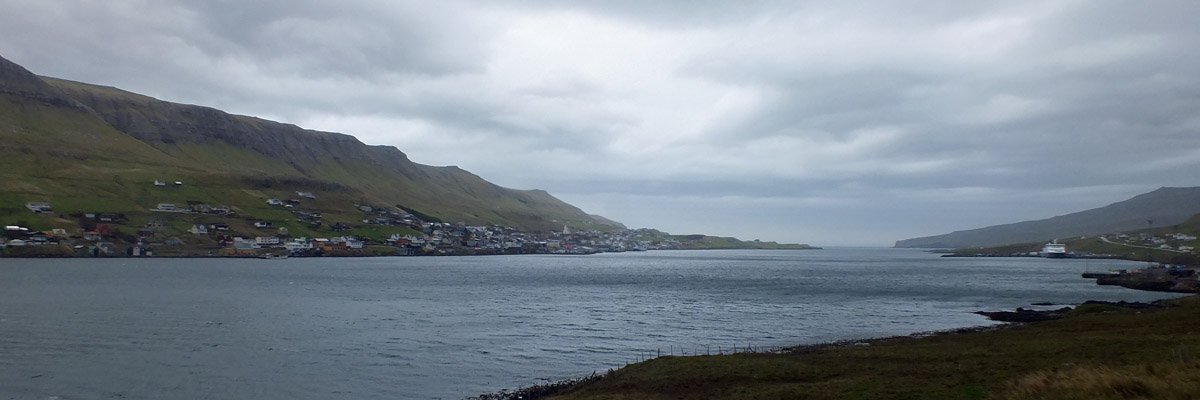 |
Trongisvágsfjørður
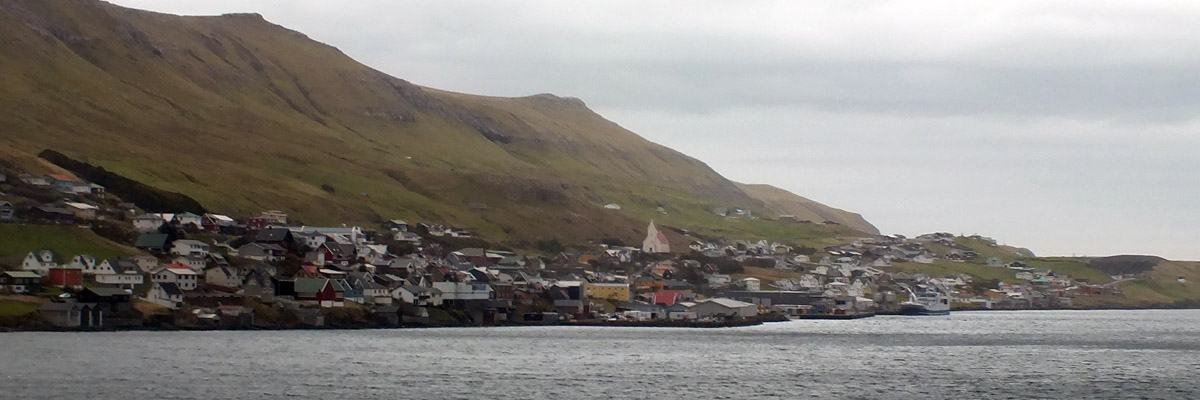 |
Tvøroyri
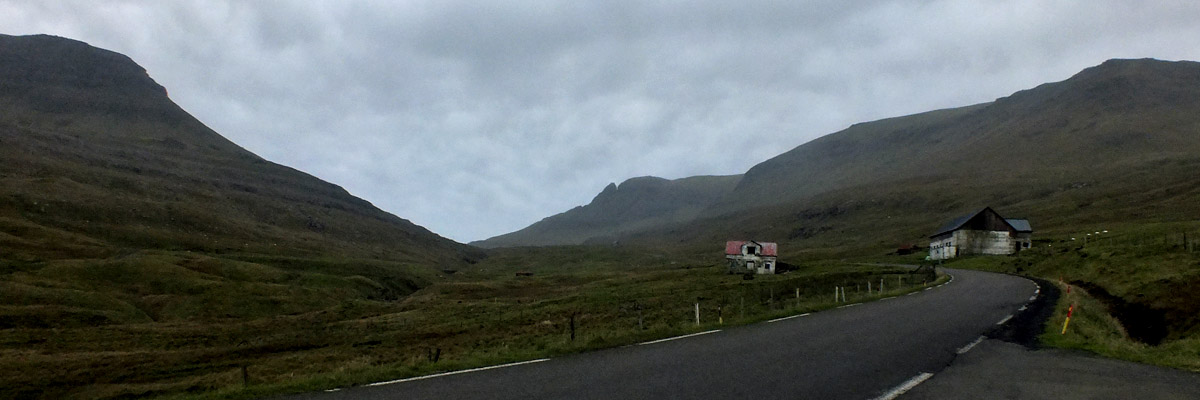 |
Route 34
 |
Nes-Hvalba
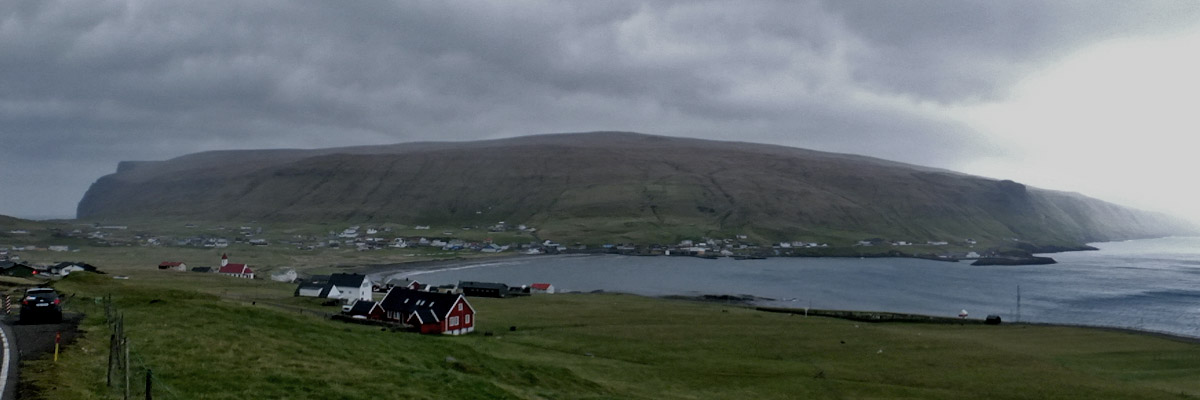 |
Hvalba
 |
Sandvík
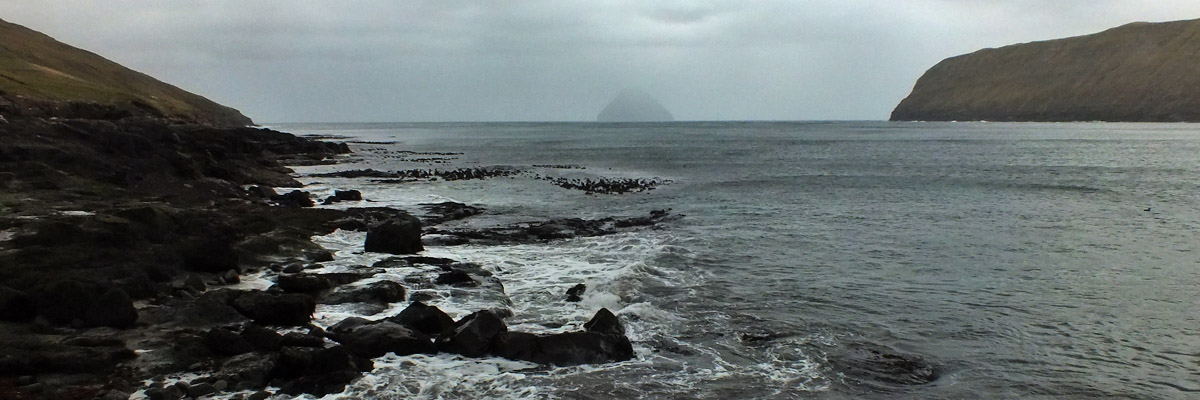 |
Lítla Dímun From Sandvík
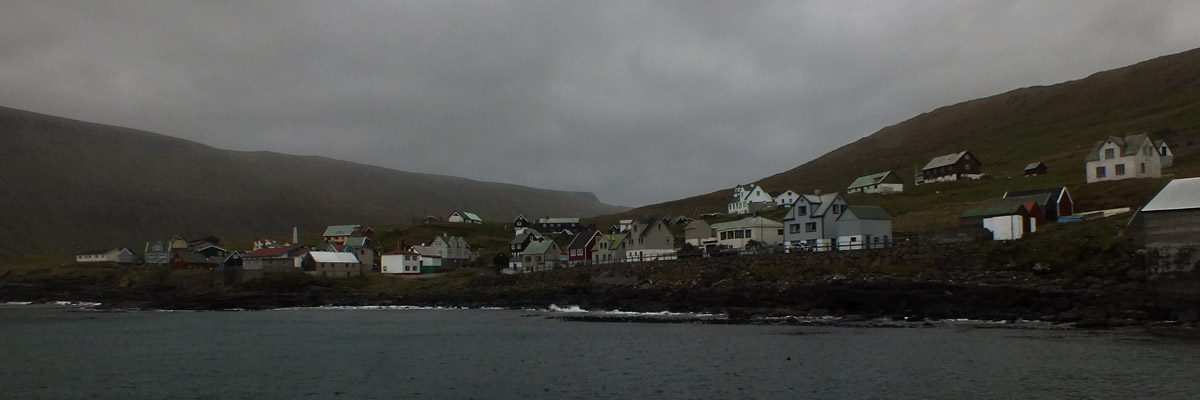 |
Sandvík
 |
Sandvík
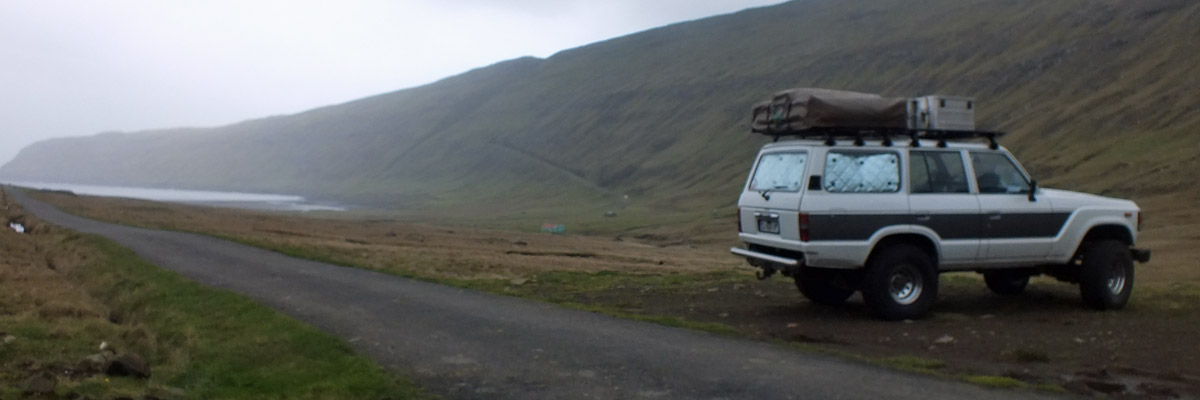 |
We Meet Again
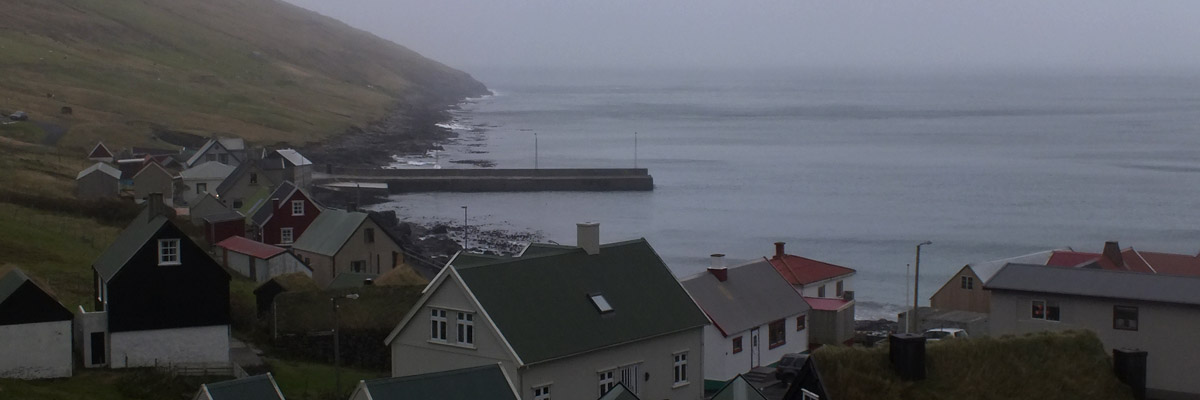 |
Sandvík
 |
Sandvík Church
 |
Sandvík
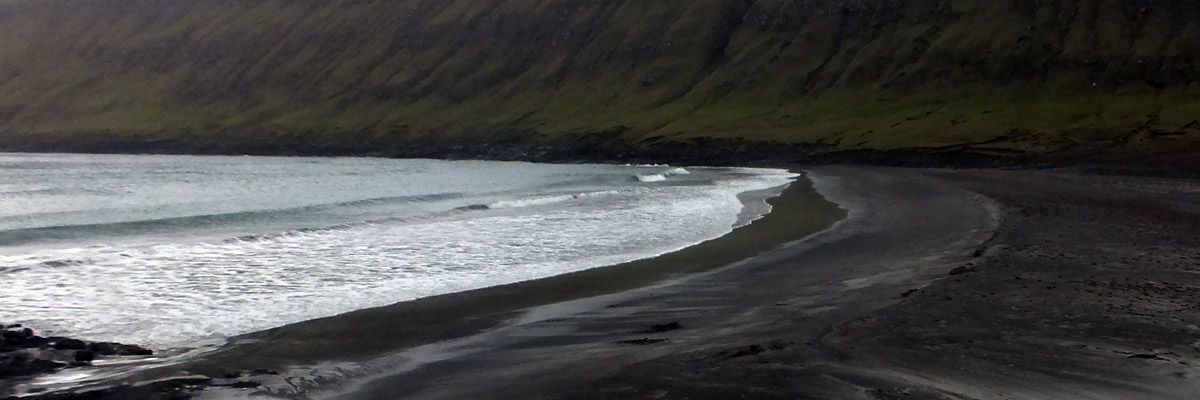 |
Sandvík
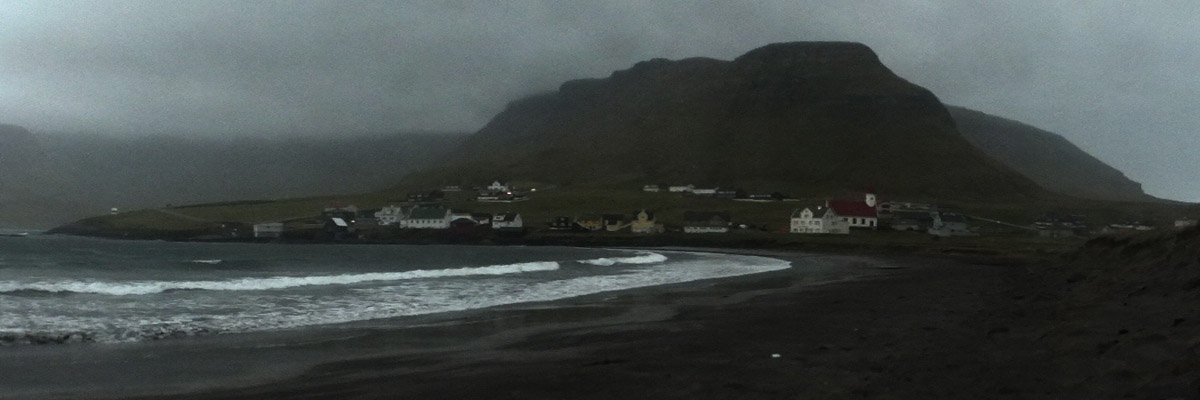 |
Hvalba
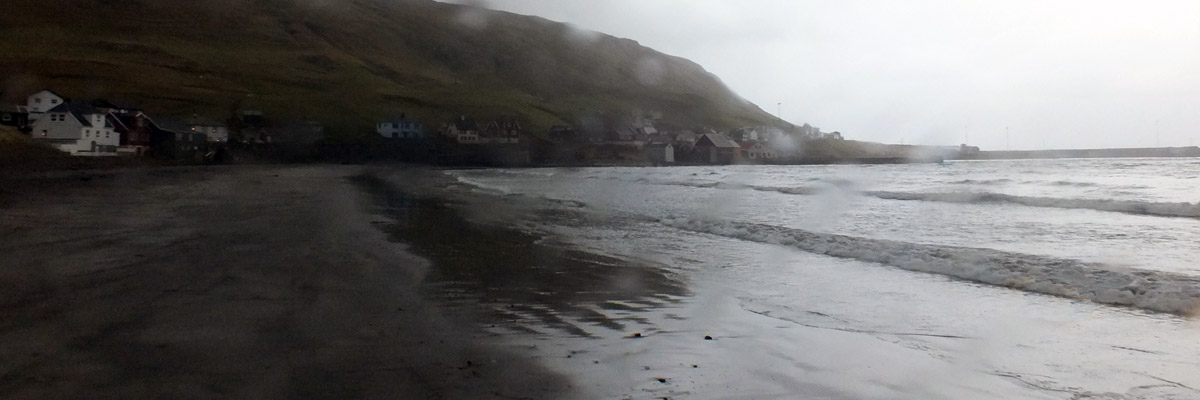 |
Hvalba
 |
The Harbor At Nes
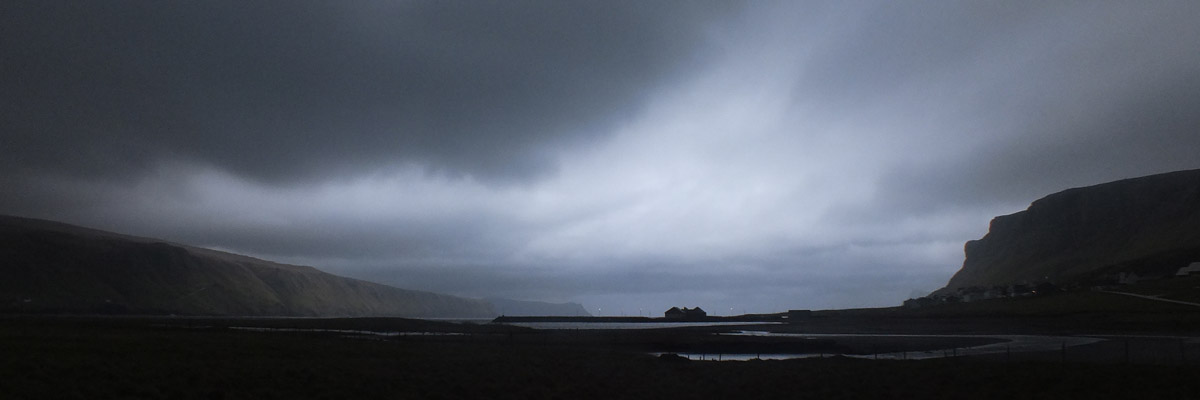 |
Hvalbiarfjørður
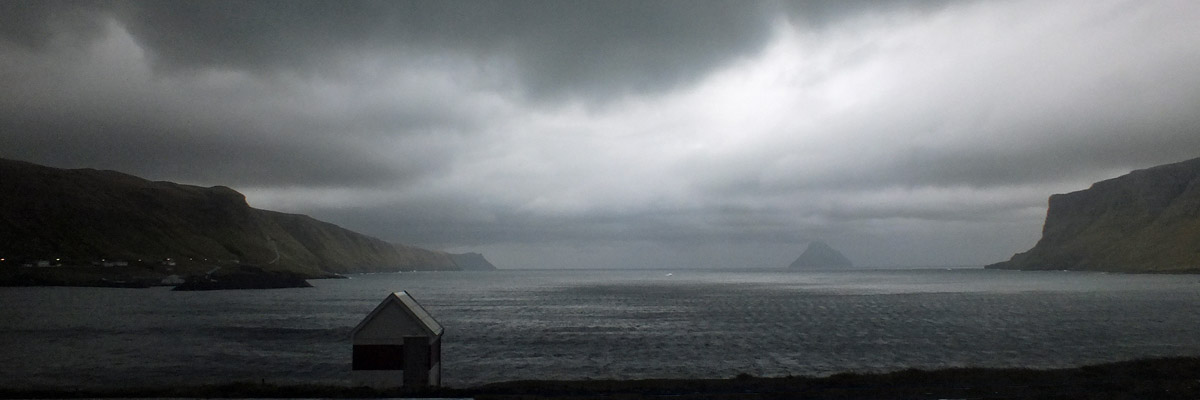 |
Hvalbiarfjørður
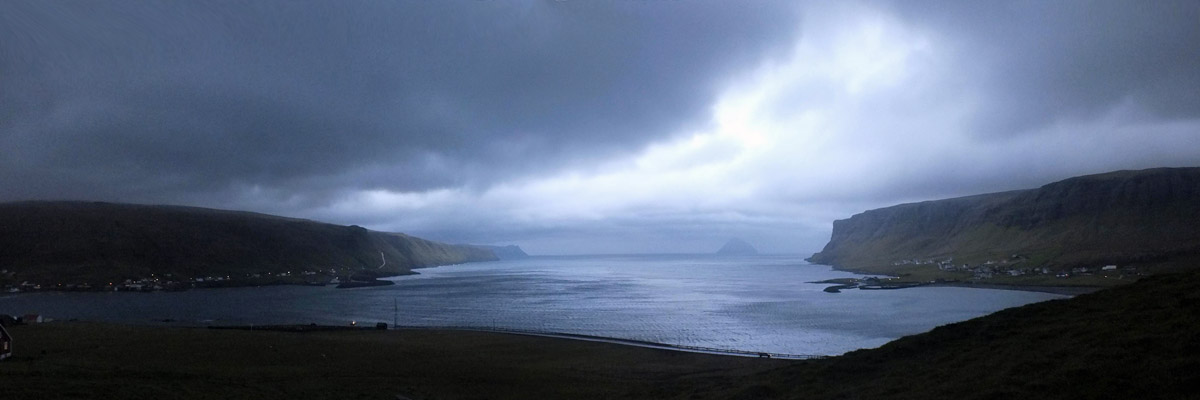 |
Hvalbiarfjørður
 |
Hvalbiarfjørður
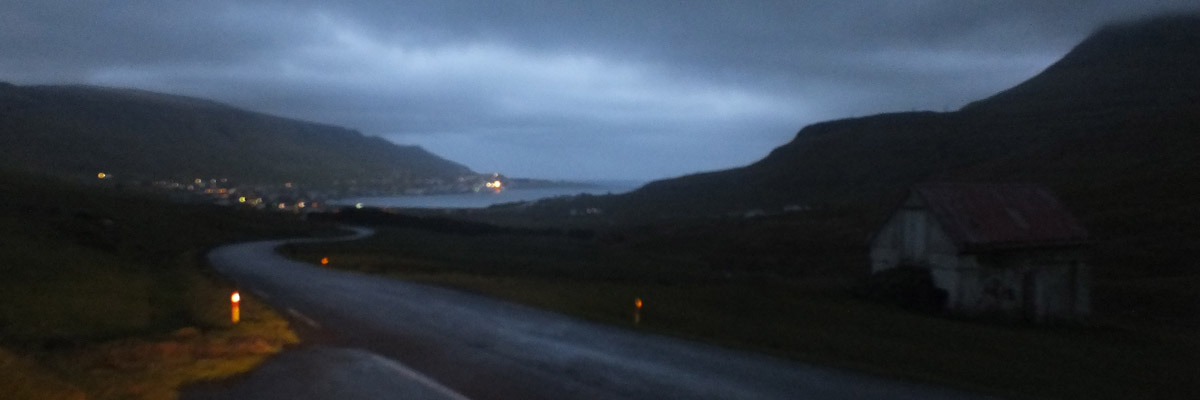 |
Tvøroyri
It's called "soft focus"
 |
Pubbin, Tvøroyri
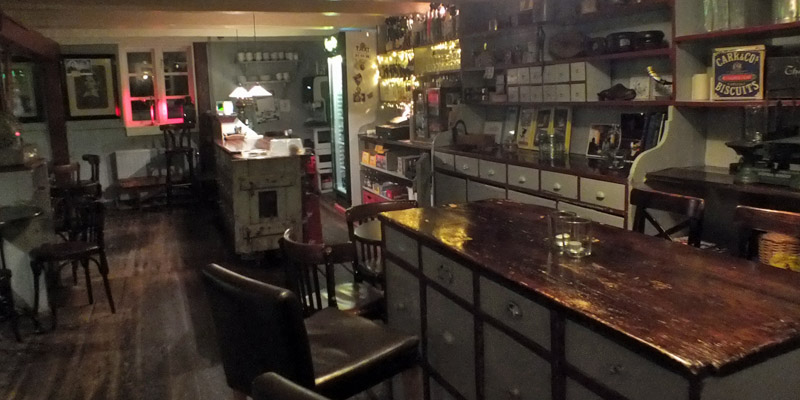 |
Pubbin
 |
Fisk
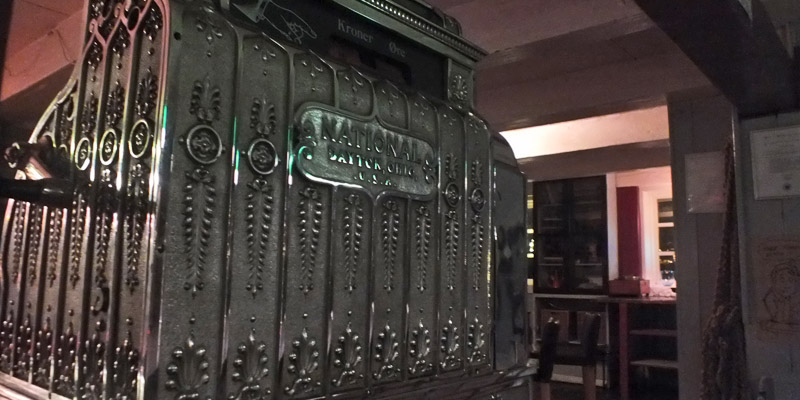 |
Pubbin
 |
Pubbin
Next
| Octoberrrrrrrrrrrrrrrrrrrrrrr |
| S | M | T | W | T | F | S |
| 1 | ||||||
| 2 | 3 | 4 | 5 | 6 | 7 | 8 |
| 9 | 10 | 11 | 12 | 13 | 14 | 15 |
| 16 | 17 | 18 | 19 | 20 | 21 | 22 |
| 23 | 24 | 25 | 26 | 27 |
The North Atlantic Arc Home

Mr Tattie Heid's Mileage
Results may vary